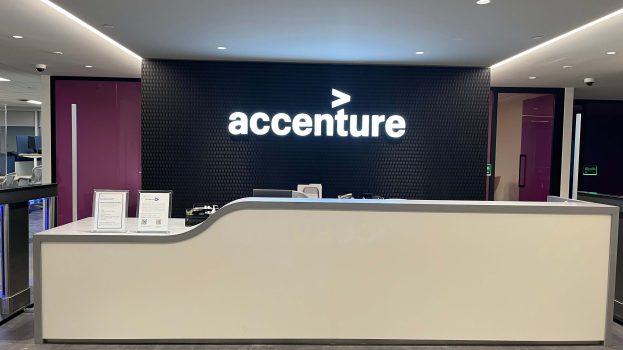
Canadians are keeping up with their loyalty program adoption and usage, but some programs are doing better than others at engaging members and drive more successful metrics.
The 2020 edition of Bond Brand Loyalty’s annual loyalty report was compiled based on a survey of 11,000 Canadians.
The number of loyalty programs a typical Canadian consumer participates in remains steady – on average, they have 13 loyalty memberships (compared to 12.9 last year), being active users of eight of those (up from 7.6).
Among those active memberships, two of them, on average, are for specialty retailers (up 4% from last year), with 1.5 being payment card loyalty programs (up 8%) and 1.4 being for high-frequency retail, like grocery and pharmacy (up 3%). Coalition programs make up an average of 0.8 active loyalty programs (down 6%) and travel 0.7 (down 2%). Dining-focused loyalty programs represent an average of 0.7 active memberships, but that number is up 49% from last year (several QSRs, such as Tim Hortons and McDonald’s, have launched or expanded their loyalty programs since last year’s survey).
When rating based on satisfaction, advocacy, emotional connections and spending, Bond ranked coffee loyalty programs as the ones most engaging to Canadians, followed by those offered by auto rental companies, hospitality brands and grocery.
As in reports from past years, Bond highlights the importance of experience using the program when it comes to driving engagement: 74% of respondents cited something related to experience as the most important factor in keeping them engaged, with only 26% citing factors related to earning and using rewards points or offers. The ease and enjoyment of participating in the program, followed by receiving recognition and support from the brand, were the top drivers of engagement, although the program being personally relevant and offering timely communications have both seen significant jumps in their importance compared to past years.
The boost in relevance is notable, as Bond points out that personalization can drive a number of key metrics for programs. Programs that were identified as having high levels of personalization also had a 5.8 times higher member advocacy, 4.8 times higher retention and 6.4 times higher member spend. Members who received tailored offers are eight times more likely to go out of their way to use them. For credit cards geared towards travel rewards, personalized offers resulted in an average spend that was $278 higher, per member, on a monthly basis.
The report comes after several waves of research Bond conducted during the pandemic, one of which noted that one area loyalty programs were struggling in was staying relevant to what its members were looking for.
As in past years, Bond also used the responses in its survey to rank the top programs across several sectors. The results are largely the same as last year, though there have been some notable shuffles in the rankings. Starbucks Rewards has re-taken the top spot in the coffee category from McCafe Rewards. In retail, Costco’s Executive Membership has taken the second spot away from MEC, which has fallen off the list. Hilton has taken the top spot in hospitality – bumping Wyndham to third and IHG off the list – while Sephora took the top spot among beauty programs from The Body Shop. Hudson’s Bay Rewards has moved to second among department store programs, ahead of Nordstrom’s Nordy Club.
























